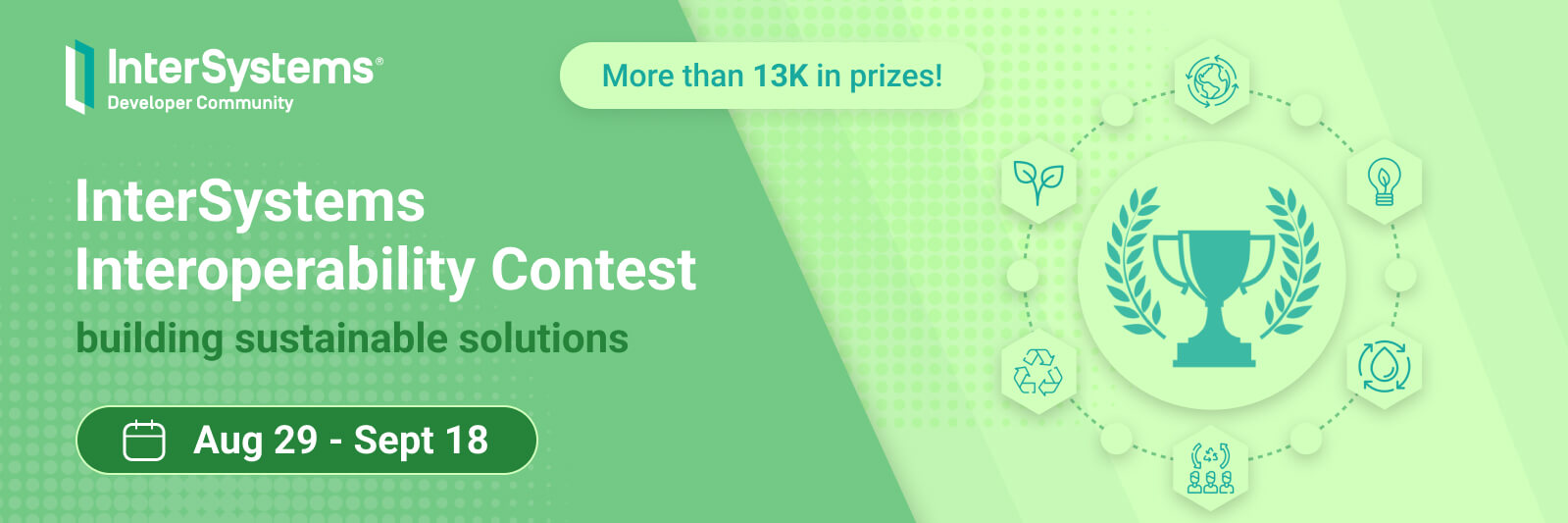I'm building a .Net Core Gateway container. Here's the issue.
As a final step I'm building a .Net Core 2.1 library. It has a runnable dependency - .Net Gateway, which I need to start first.
However dotnet publish generates .runtimeconfig.json and .deps.json only for my library and not for my dependency (.Net Gateway).
Is there a way to force dotnet to generate .runtimeconfig.json and .deps.json for a dependency?
I have tried:




.png)
